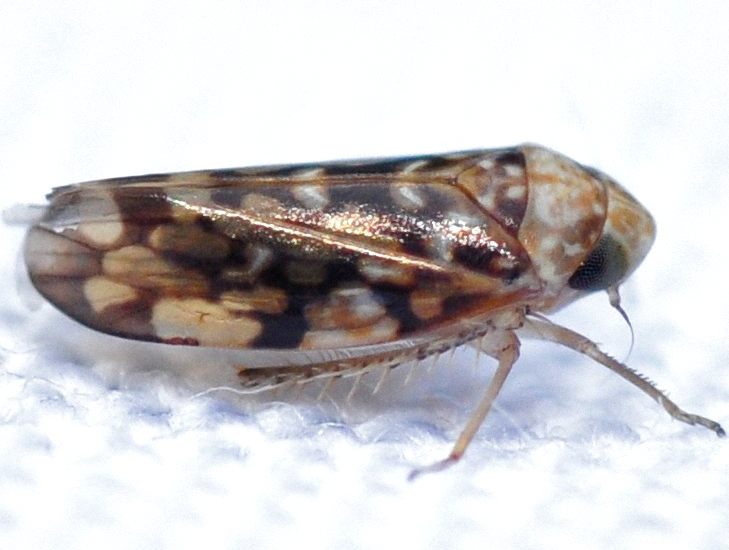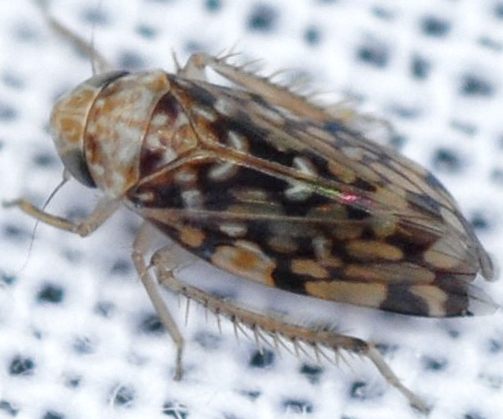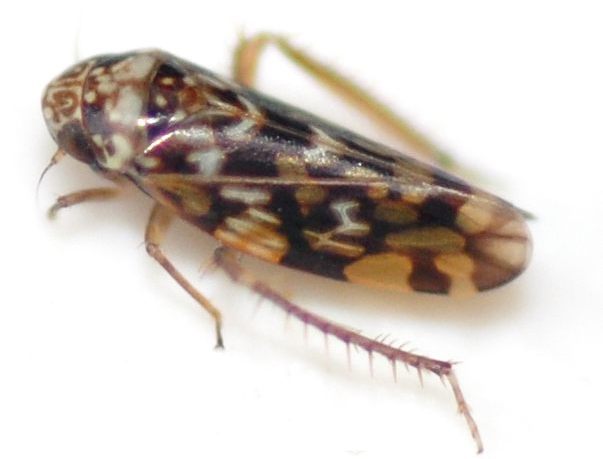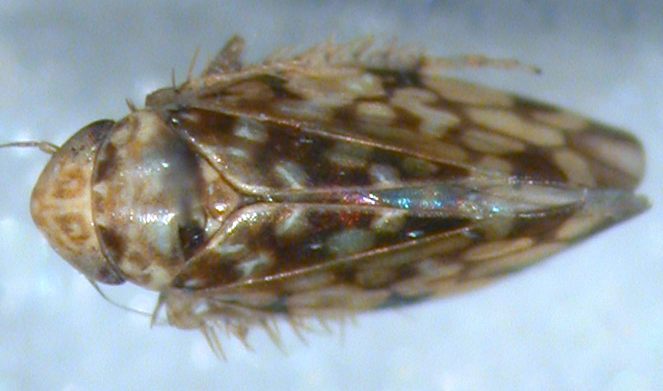| Family (Alpha): | |||
« |
 » » |
| CICADELLIDAE Members: | NC Records | |||||
|---|---|---|---|---|---|---|
Xestocephalus n-species2 - Probable Undescribed Xestocephalus Species | ||||||
 © Kyle Kittelberger- note whitish pronotum |  © Kyle Kittelberger- note pattern |  © Kyle Kittelberger |  © Bo Sullivan |
|
Hoppers of North Carolina: Spittlebugs, Leafhoppers, Treehoppers, and Planthoppers |
| Family (Alpha): | |||
« |
 » » |
| CICADELLIDAE Members: | NC Records | |||||
|---|---|---|---|---|---|---|
Xestocephalus n-species2 - Probable Undescribed Xestocephalus Species | ||||||
 © Kyle Kittelberger- note whitish pronotum |  © Kyle Kittelberger- note pattern |  © Kyle Kittelberger |  © Bo Sullivan |